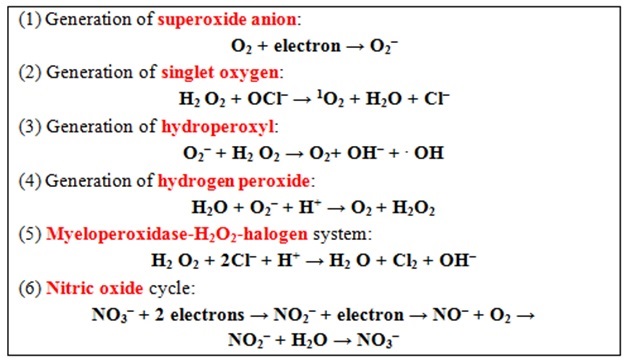|
|

PHAGOCYTOSIS
Phagocytosys: Phenomenon, Stages, and Microbicidal Factors
Phagocytosis is a mechanism of innate immunity, which is characterized by ingesting microbes, various cells, and particles by specialized cells, neutrophils and macrophages. This phenomenon was discovered by 1908 Nobel Laureate E.E. Metchnikoff (1845-1916), a well-known Russian researcher.
Phases of phagocytosis:
(1) Chemotaxis
(2) Opsonization and adherence
(3) Cytotoxicity and endocytosis
(4) Degradation of pathogen and exocytosis

Microbicidal factors of phagocytosis:
(1) Reactive oxygen species (ROS) are extremely toxic to microbes, but they may result in significant damage to self-cells and cell structures. There is such a phenomenon as oxidative stress, which is fatal for neutrophils themselves.
(2) Oxygen-independent systems of phagocytes include lysozyme, lactoferrin, α defensins, etc. and takes part in the degranulation of phagocytes to kill microbes in cooperation with ROS.
Incomplete phagocytosis is the inability of phagocytes (mainly macrophages) to destroy internalized pathogens when these pathogens persist and can spread throughout the body.
Autophagy is the physiological and in rare cases pathologic phagocytosis, and disassembly of own needless cells to recycle cellular components.©V.V.Klimov
